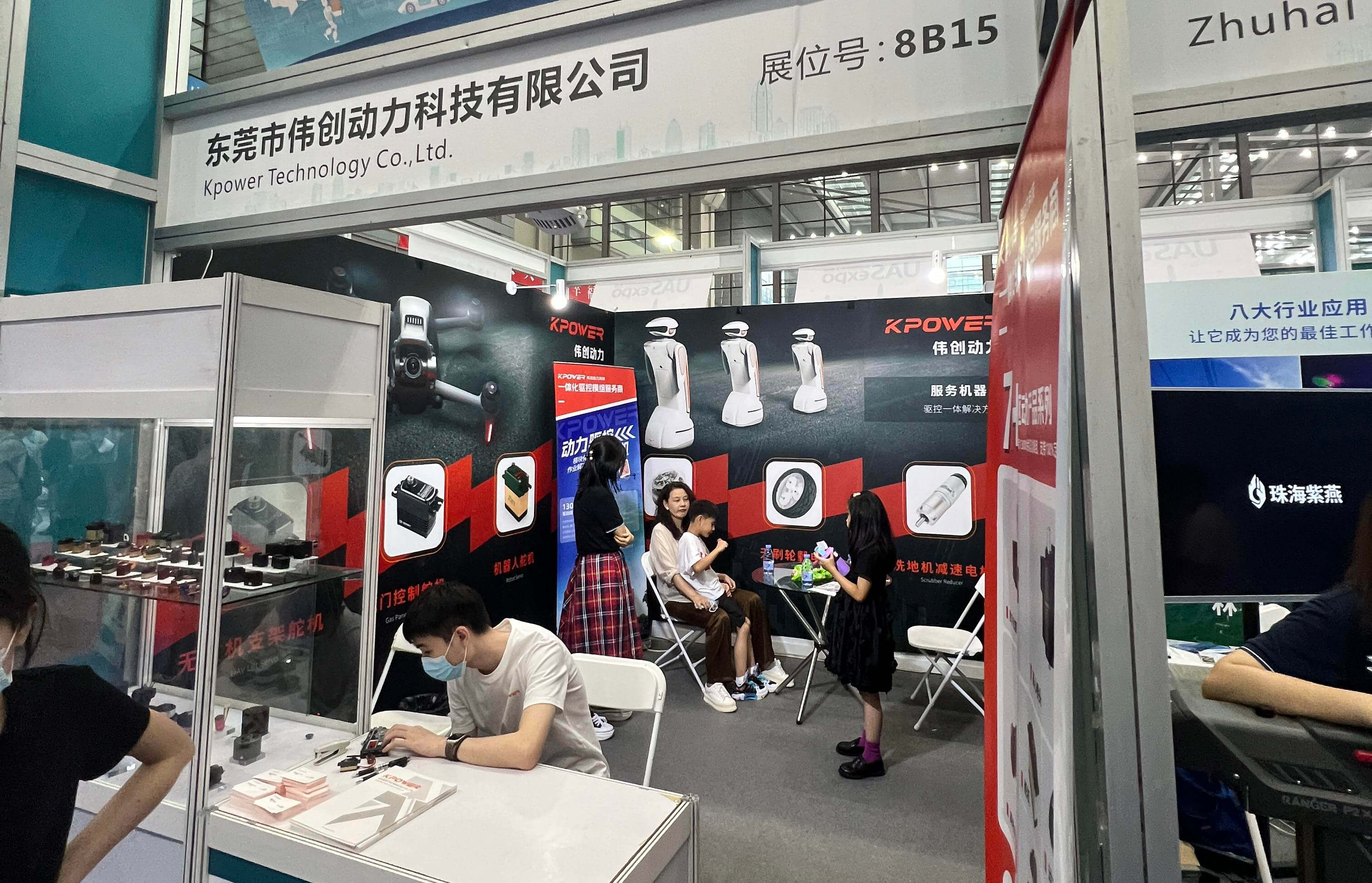Imagine this: your app is like a busy city, full of moving parts, constantly talking to each other to keep everything flowing smoothly. That’s where REST APIs and microservices step in—they’re like the city’s traffic control system, making sure every vehicle (or in this case, data) reaches its destination without chaos.

You might wonder, what makes REST API so special? It's simple and straightforward—think of it as the universal language for different software components to communicate. You're sending a request, "Hey, give me the latest user data," and your server responds crisp and clear. This simplicity makes it easy to scale, adapt, and troubleshoot, especially when your app starts to grow.
Now, combine that with microservices—imagine breaking your city into neighborhoods, each with its own small, focused team handling specific jobs. Instead of one giant monolith, you have little services doing what they do best—handling user authentication, processing payments, managing notifications. When one neighborhood has a problem, it doesn’t bring down the whole city. This modular approach offers agility and resilience, qualities that modern apps demand.
But what's the real magic? Think about reducing downtime and improving responsiveness. When updates happen, they’re like quick upgrades to a neighborhood without shutting down the entire city. You want your users to enjoy lightning-fast data retrieval and seamless updates, right? That’s exactly what RESTful microservices can deliver.
Have you ever faced a situation where your app is slow, or data is inconsistent? That’s usually a sign that something is tangled up in the backend process. Choosing the right combination of REST API and microservices can be a game-changer—allowing you to split complex tasks into manageable pieces, each communicating smoothly through standard protocols.
Why settle for less when you can unlock total flexibility? For example, if your app needs to scale during user surges, microservices let you spin up new instances on the fly without touching everything else. Plus, REST APIs support this scaling because they’re lightweight, stateless, and easy to integrate with various languages and platforms.
Think about a scenario where your product needs to connect with third-party services. REST API shines here—its well-understood standards mean you can interface with external systems easily, without reinventing the wheel every time.
All of this translates into benefits that matter: faster development cycles, easier maintenance, and the capacity to adapt swiftly to changing demands. Your users will notice the difference—fewer delays, more features, a smoother experience.
Want to keep up in today’s fast-paced digital world? Integrating REST API with microservices isn’t just a technical shift; it’s a strategic move. It’s about building a foundation that can grow and evolve, no matter what comes next. After all, a flexible, resilient system isn’t just nice to have—it’s a necessity.
Established in 2005, Kpower has been dedicated to a professional compact motion unit manufacturer, headquartered in Dongguan, Guangdong Province, China. Leveraging innovations in modular drive technology, Kpower integrates high-performance motors, precision reducers, and multi-protocol control systems to provide efficient and customized smart drive system solutions. Kpower has delivered professional drive system solutions to over 500 enterprise clients globally with products covering various fields such as Smart Home Systems, Automatic Electronics, Robotics, Precision Agriculture, Drones, and Industrial Automation.




































